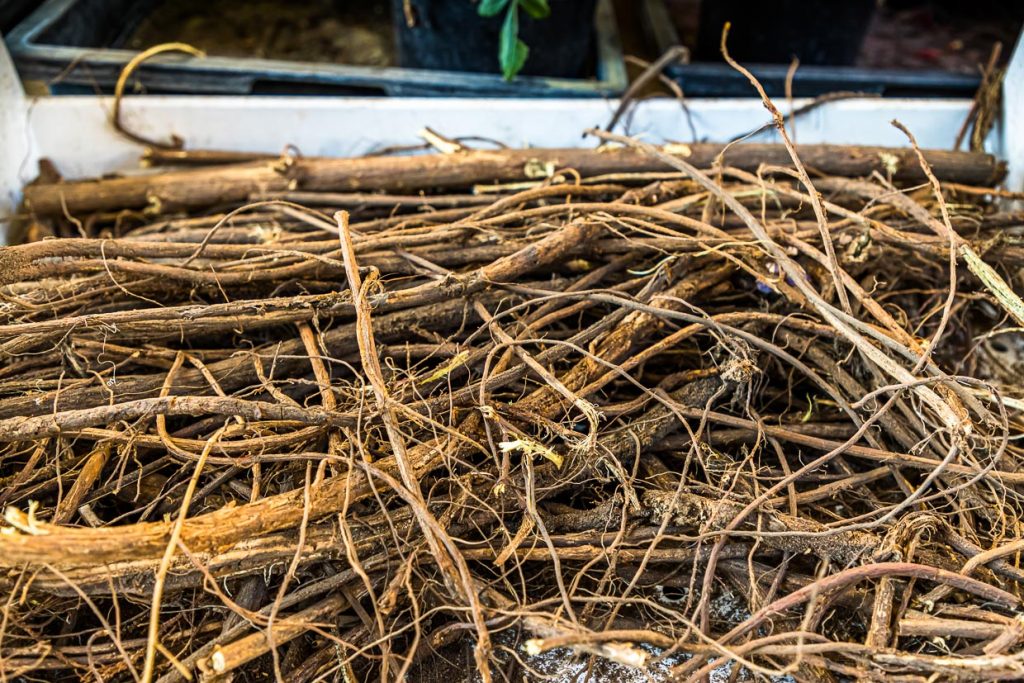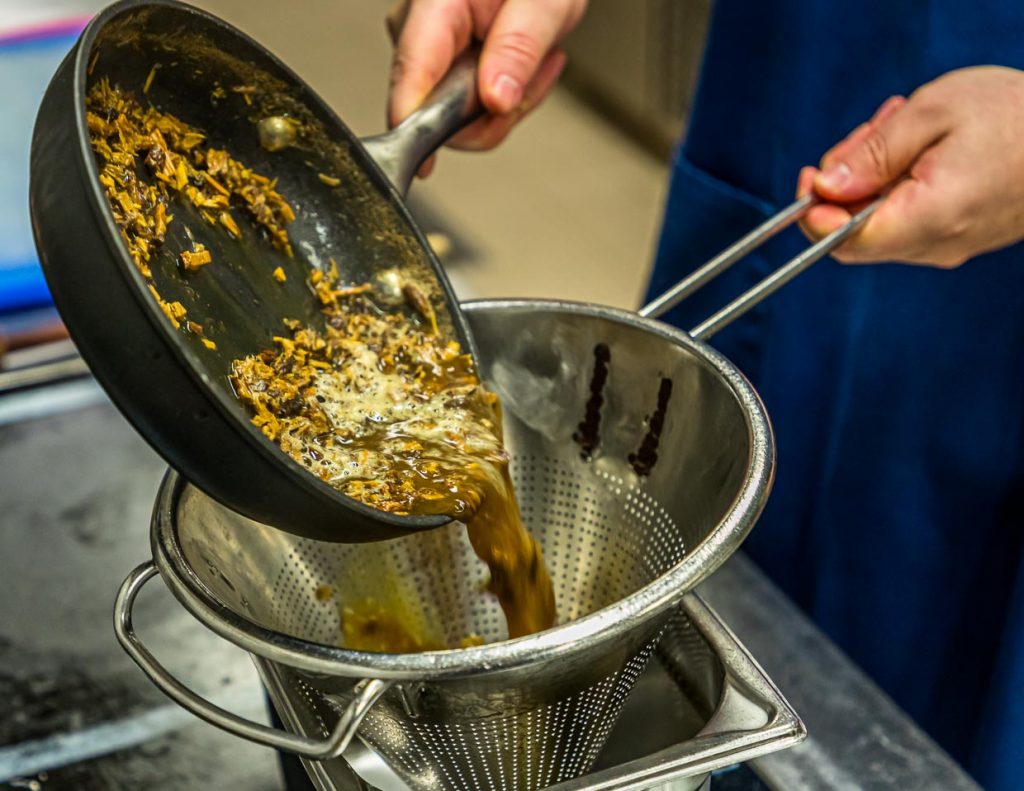Every child knows licorice. Liquorice, on the other hand, is as forgotten as the dial telephone or as rutabagas and black salsify. Once upon a time, however, licorice was the only natural sweetener in the kitchen besides honey. Around 1600, the city of Bamberg even included licorice in its coat of arms. To this day, the tradition of licorice cultivation continues in the gardening town of Bamberg. Bamberg families cultivate historic growing areas in the middle of the city for this purpose.
Licorice – passenger of the Slow Food Ark
Old spices and vegetables are not only protected in Bamberg, but also through the international Ark of Taste project. The Slow Food Foundation for Biodiversity protects around 4,700 regionally valuable foodstuffs, livestock species and cultivated plants worldwide from oblivion and disappearance, which do not survive on the market under current economic conditions or which, like Bamberg’s licorice, have gone out of fashion.
Liquorice is a rather shaggy plant with a growth height of up to two meters. Only the yellowish root is utilized. The three- to four-year-old lateral roots have flavor and are harvested. The taproot, on the other hand, always remains standing. Even today, it is a popular task in master gardener training to dig up meter-long lateral roots unharmed. Old knowledge should not be lost.

Grate licorice – more than a saying
Licorice is many times sweeter than cane sugar. For the sweetness to develop, the woody root must be grated and boiled in water. The juice of the licorice root is the starting product for licorice. To compliment someone is also paraphrased by the saying rasp licorice. While the saying still comes easily from the lips of many, the licorice root has long since disappeared from our kitchens.
Take licorice for the sauce
Tunken, this old German word has survived as a verb in our language. As a noun, it is threatened with extinction and has been largely supplanted by the English dip. In the Middle Ages, people still dipped copiously in tunks. Wolfgang Theil and Simon Klein from the Schlenkerla Inn in Bamberg offer their guests three kinds of tunks as part of a medieval menu. There is the Pfefferkuchentunke, the Trauben-Speck-Tunke and an own Tunke, in which Franconian marjoram as well as the Bamberg onion and the famous Bamberg liquorice are added.

Licorice as a miracle cure
Glycyrrhizin is a natural component of licorice juice, which is used in the production of licorice and is extracted from the dried licorice roots. In the search for protection against the Corona virus, licorice even came into the sights of researchers at times. A research team from the University of Duisburg-Essen is said to have demonstrated the antiviral effect of glycyrrhizin in the laboratory. Unfortunately, as we know today, there is no licorice drop that can protect against Corona. However, licorice in moderation gives good breath and can also be very helpful in cases of mild nausea. A warning is given against too much licorice. A daily dose of more than 200 mg glycyrrhizin, depending on the type of licorice 100 g licorice, according to the BfR, Federal Institute for Risk Assessment, can lead to high blood pressure, water retention and muscle weakness.
Foam pull
There was a time before the common licorice snail, when children enjoyed putting a piece of real licorice into a small bottle of tap water, holding their thumb over the opening and shaking it like crazy until it foamed. This foam was the treat that was sucked out of the bottle and then they shook it again. A dream for all parents whose children today have completely different candy fantasies.
Other aspects: Cooking with licorice, recipes from the Middle Ages, interview with a chef and historian, biodiversity, the passengers of the Ark. Slow Food Foundation for Biodiviersity, how Bamberg gardening families save old seeds, the tradition of the Bamberg gardening town.
Material
Wall calendar with photos by Georg Berg available in bookstores (also online) in different sizes: World Heritage Garden City Bamberg / also as family planner (*)
(*) This post contains advertising links (also called affiliate or commission links) that lead to Amazon.de.










